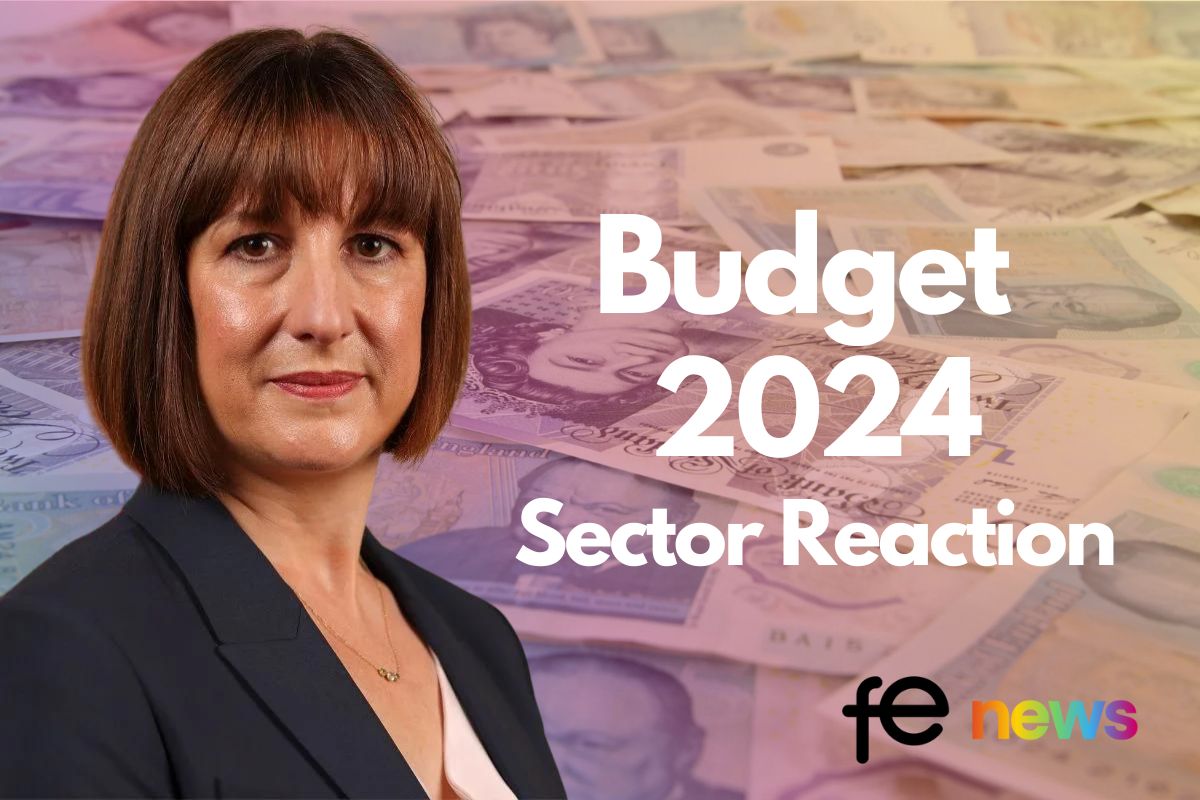What are the new rules on the extended furlough scheme?

Last week, the Chancellor @RishiSunak announced that the Coronavirus Job Retention Scheme would be extended beyond November and will now be available until 31 March 2020.
Many aspects of the extended scheme will be familiar to employers, but there are a few surprises to be aware of. This article explains the rules that apply from 1 November 2020.
Which organisations can claim?
The extended scheme is open to any UK organisation, whether they are currently open or closed due to national or regional lockdown restrictions. The eligibility criteria appear to reflect the previous rules with the important proviso that employers can claim even if they’ve not done so before.
One other change is that HMRC will publish details of employers who make claims under this scheme, starting from December 2020. It’s not clear whether the aim is to deter large organisations from claiming if they have deep pockets and are still trading in profit, or to deter employers from claiming it fraudulently.
If you receive public funding, the government ‘expects’ you to not use the scheme. If you’re partially funded from the public purse, you may be able to if your ‘private revenues’ have been disrupted.
Which employees can be furloughed?
The rules are different from the original and flexible furlough schemes in that you can claim for any employee who is on your PAYE payroll by 23.59 on Friday 30 October 2020 provided you have submitted Real Time Information about them to HMRC by that date. This means that new starters or people who have not previously been furloughed will qualify.
Other than that, employers have flexibility to furlough staff for all or some of their hours and to change this by agreement.
Can we furlough staff who are unable to work due to ill health or because they are caring for others?
In most cases, yes but you are not obliged to. Employees can be furloughed if they are unable to work because they:
- are shielding in line with public health guidance (or need to stay at home with someone who is shielding)
- have caring responsibilities resulting from coronavirus, including employees that need to look after children
However, the government has said that the scheme is not intended to be used for short-term sick absences. A policy paper published on 5 November says that ‘If, however, employers want to furlough employees for business reasons and they are currently off sick, they are eligible to do so, as with other employees.’
Furloughed employees who become ill must be paid at least Statutory Sick Pay (SSP), but it’s up to you to decide whether to move these employees onto SSP or to keep them on furlough, at their furloughed rate.
What’s the position if we’ve already made people redundant or are going through a redundancy process?
You can, if you wish to, re-employ anyone you’ve made redundant and furlough them provided they were still employed and were on your payroll on 23 September 2020. This also applies to anyone you engaged on a fixed term contract on that date which expired afterwards (provided that the other eligibility criteria are met).
We assume that the previous rules about making people redundant who are furloughed will continue to apply.
Do staff have to be furloughed for a minimum period?
No, but the minimum claim period will remain seven consecutive calendar days.
Are there still restrictions about what employees can do if they’re furloughed?
Yes, these mirror the previous rules. Therefore, for anytime when an employee is on furlough (whether full time or flexibly) they can’t work for you or for any organisation linked or associated with you. They can, however, take part in training, volunteer for another employer or organisation or work for someone else (subject to obtaining your agreement if necessary).
How much do you have to contribute?
The government has effectively turned back the clock to August. It will pay 80% of the employee’s furloughed wage (subject to the cap of £2,500 per month). Employers just have to pay NI and pension contributions on the full amount paid to the employee (including the furlough pay).
However, the government has said that it may start to ask employers to contribute after January 2021 and will review the position nearer the time. It’s therefore possible, that employers will be asked to start paying a percentage of the furloughed wage in February and March.
How much can you claim?
If you’ve previously furloughed any member of staff, use the CJRS calculations that applied in August 2020 to work out reference pay and usual hours. You also use these calculations for any member of staff you didn’t furlough who was previously eligible under the original scheme.
However, if you’ve not used the scheme before, or are claiming for new staff employed after 20 March 2020, the following rules apply:
- For employees on fixed pay, use the last pay period prior to 30 October 2020
- For employees whose pay varies work out 80% of their average pay calculated from the start of their employment, or 6 April 2020 if that’s later, and the day before they start furlough.
When can you start to submit claims?
You will be able to claim from 8am on Wednesday 11 November 2020. Claims can be made:
- in respect of an employee for a minimum seven-day claim window
- in advance
- in arrears for the period from 1 November 2020 to 11 November 2020, from the week commencing 9 November 2020
Claims relating to November 2020 must be made by 14 December 2020. Claims relating to each subsequent month should be submitted by day 14 of the following month, to ensure prompt claims following the end of the month which is the subject of the claim. The closing date for claims up to and including 31 October remains 30 November 2020.
The government says that it hopes to pay employers within six working days of receipt of their claims.
Agents who are authorised to do PAYE online for employers will be able to claim on their behalf.
Do employees have to agree to be furloughed?
Yes. To qualify for the grant, you must have a written agreement in place between you and each member of staff you are furloughing (unless you’ve agreed this collectively with a trade union). The agreement should set out the hours the employee has agreed to work or not work and ideally, explain how much the employee will receive by way of furlough pay.
If you intend to claim from 1 November, you need to have an agreement in place by Friday 13 November. If you miss that deadline, the government has said that you’ll only be able to claim from the date you reached agreement with your staff. Therefore, you must act quickly if your existing agreements referenced 31 October as the date furlough would end.
Will further information be published?
Yes. So far, the government has issued a press release and a more detailed policy paper. But these don’t answer all the questions we have. It’s said that additional information will be published today (10 Nov).
Joanne Moseley is a Senior Associate in the Employment Team at Irwin Mitchell











Responses